I didn’t read through the original Ultimate universe; is it required reading, or can I jump into the new Ultimate sight unseen?
- 3 Posts
- 296 Comments

 36·3 days ago
36·3 days agoI wonder if people realize that cyberpunk is meant to be a dystopian satire, and not just a cool aesthetic. It should feel like a condemnation of a number of modern practices (including our over-commercialization and hypercapitalism). I guess the issue with Deus Ex is that reality has jumped the shark so hard that it doesn’t even look like much of an exaggeration in some spaces, and more like the logical outcome of another decade or two.
I’m sure there are some weird tech bros out there that see it as a utopia, and that’s where I stop being able to see eye to eye with them. Who would want to live in a world where the cycle of poverty is more vicious than ever, where literal under-cities of people have to subsist on artificial light and synthesized foods that keep them alive, but only barely?

 6·11 days ago
6·11 days agoOops. I did all of mine like 8 hours ago.

 2·14 days ago
2·14 days agoWill be interesting to see where Soto ends up. Mets have shown they’re willing to open the wallet for the big players. Yankees have always been spenders. I could see some other teams that were just short of making it spending to get him as a long-term build-around piece. I’ve heard the Dodgers are in on the Soto Sweepstakes, but I don’t think it makes sense from a financial perspective.

 1·15 days ago
1·15 days agoSome people sell their code packs online, though I guess it could be risky.
I’m basically in TCG Live to practice the game and to figure out how a deck is working before sleeving up in paper.
TCG Pocket is just a fun diversion. 2 free packs a day is like little dopamine hits, for better or worse. I can let my nieces and nephews “rip” a pack open as a reward without thinking “that’s $4 gone.”

 4·15 days ago
4·15 days agoTCG Live is for people who actually care about Pokemon TCG and the complexities and depth it offers. It’s not that confusing; there are maybe 3 currencies, and one of its features, like it or not, is that you can’t just swipe a credit card and get everything you want. The only money-to-game translation is buying IRL boosters and scanning in the codes. Yes, the app can be fairly buggy, but it’s what we’ve got for now, ever since they closed Pokemon TCG Online. It doesn’t have trading, which is to prevent people from just having a dozen accounts and amassing all the value into one.
The currencies aren’t too bad: Coins are for cosmetics. Crystals are the “premium” currency for unlocking the battle pass or buying the equivalent of IRL sealed products (boosters, display packs, bundles, etc). Credits are like dust from other TCGs. Duplicate cards beyond 4 are “dusted” and you can convert them into the singles you want for deck building.
TCG Pocket is to slowly attract people into collecting actual cards again. After you get into the cadence of opening your 2 free packs a day, people might start to be interested in collecting physical cards, which pulls them into paying for boosters (rather than just buying singles) and trying the actual card game. It’s just a small bonus that TCGPocket might also earn them a bit of money, largely off of old art and minimal playtest work.

 2·17 days ago
2·17 days agoAggression should be part of a game, but shouldn’t be the only way to play it. Obviously, when a game is optimized, it may be the best way to play (Monster Hunter and HAME speedruns come to mind), but a lot of great games try to design so that different archetypes can coexist and play off one another.
Street Fighter 6 encourages aggression. The Drive Meter system makes it so that turtling and blocking forever will end with you in blowout, taking chip damage and having worse frame disadvantage, as well as removing your ability to use Drive moves and opening you up for stuns. However, also hidden within the Drive System are some of the tools to deter mindless aggression. Drive Impacts are big moves with armor that lead into a full combo, so if you can read a braindead attack sequence, you can Drive Impact to absorb a hit, smack them, and then combo them for 35% of their life total. There are also parries, which can refill your drive meter.
Magic: The Gathering has tried to balance the various archetypes (Aggro, Midrange, Control, and Combo) so that every format should have at least 1 competitively viable deck in each meta archetype. Typically, Aggro will be too fast for a Control deck to stabilize and kill them before they can get their engine set up. But Midrange will trade just efficiently enough (with good 2-for-1 removal or creatures) to stop the aggression, and then start plopping out creatures that Aggro will have difficulty overcoming. And Combo often has nothing to fear from Aggro, since Aggro oftentimes can’t interact with the game-winning combo pieces. And because of this system, Aggro decks have to have sideboard plans ready for whatever meta they expect at an event or tournament. Removal or protection to get over or under Midrange, and faster speed or other types of interaction to take down or disrupt Combo. Magic’s systems (Mana/lands, instant speed removal, and even the variance that comes from being a card game) don’t punish aggro directly, but they make sure that there are usually answers out there.

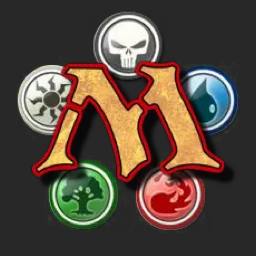 5·20 days ago
5·20 days agoBam, Brotherhood’s End. Or something like that.

 11·20 days ago
11·20 days agoYou’re right, I guess I wasn’t thinking it all the way through. Guess it’s up to SE to decide if they want to hire more artists and spend their time polishing bits of older content.

 3·20 days ago
3·20 days agoI’m hoping that the Spotlight Series next year really highlights Pioneer, because there really isn’t anywhere else it’ll get the eyes of the tournament grinders.
UB in everything is definitely a big pill to swallow. I obviously love a lot of the media that the crossovers are coming from, and I’m certainly going to enjoy buying the cards. But it does take away from the cohesion of what Magic is and feels like (even in its multiplanar setting). And now that it’s making its way into Standard and Pioneer, instead of a casual space (Commander) or a place where I never played (Modern, Legacy, and Vintage), it does feel icky to think about sitting down with my deck that’s all in-world, and my opponent is playing some amalgam of Magic cards and Sephiroth and Spider-Man.

 51·20 days ago
51·20 days agoUsually when a dev studio says “budget”, it’s primarily a time budget, not just money. Yes, money can be used to hire more staff, but everything we know about software development says that output doesn’t scale linearly with man-hours.
Fixing hats in the way they would like (which isn’t just the modded method of having ears or parts of heads clip through whatever hats/helms exist) would require them to go through every headpiece created so far and rework them for the races’ head shape. Is it possible? Yes. Is it the best use of their time and effort? Probably not. It’s a live game; they’re always pushing on for the next bit of content.

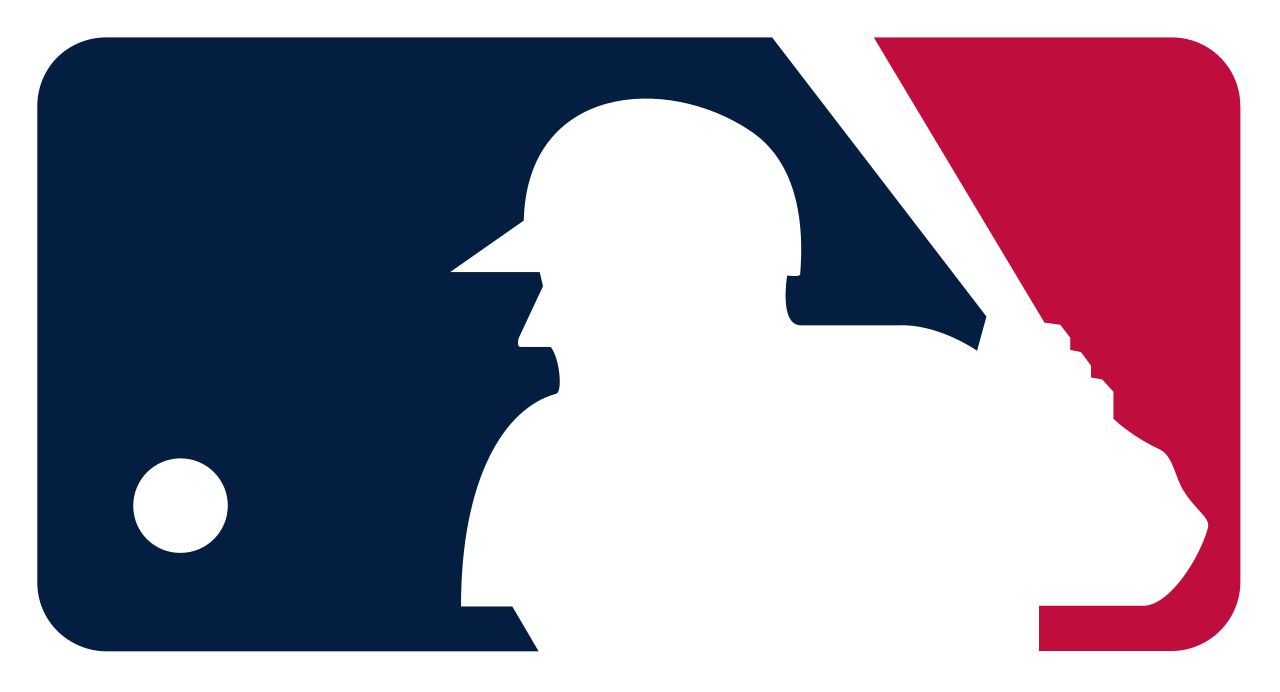 2·20 days ago
2·20 days agoWhat a game! I’m way out in the suburbs, but we heard the entire neighborhood pop off at the slam.

 2·27 days ago
2·27 days agoI can build a new PC or whatnot, but one thing that has helped the Deck along is that it’s established a clear standardized set of specs that some developers have chosen to build for. Obviously there have been plenty of games that won’t run on the deck, but sites like ProtonDB basically create a sticker for “this runs well on the Deck.”
I’m a Marvel guy, so I’m definitely interested in these Secret Lairs… But they’re limited print again, so they’ll be sold out within an hour and then scalped for 4x the price. Yay.

 2·27 days ago
2·27 days agoDodger fan here. I wouldn’t count any chickens before they hatch. 3-1 is a good lead, but it’s led to a series upset something like 14 times in MLB postseasons. And the Dodgers leading 3-2 is an even more tenuous situation than it appears. Game 6 will likely be a bullpen game, and game 7 will be Buehler, with maybe Yamamoto coming in relief if absolutely necessary. Today was LA’s best remaining pitcher matchup, and the pitching staff couldn’t record a single strikeout.
Also, it has been 11 times in over a century of baseball. It hasn’t been a recent matchup that people would be tired of, it’s just the usual complaints/griping about large market teams.

 2·1 month ago
2·1 month agoI know ownership will never be loved by the fans, but I do believe that as a sport, baseball is better when the owners care about the game rather than treating it purely as an investment.
Good sound design in games makes playing the game a reward in itself!

 7·1 month ago
7·1 month agoIt’s a real shame; Irvine has lots of great food, and it’s another large east-Asian population center within the LA-OC metro area, but it’s also so staunchly Republican that I can’t stand to watch local news down there.
That’s nothing against the university, though. I have family who got their degrees there, and I even took summer classes on campus once. I dig the school and it was my fallback when I applied for colleges (back when it was possible to have a fallback).

 2·1 month ago
2·1 month agoThis week has been a bit of UFO 50 and Terra Memoria.
UFO 50 hasn’t hooked me with a single specific game yet, but the entire package together is incredibly compelling and fun. It’s just neat to hop in, play half an hour of a game that makes me think back to playing on my dad’s NES, and then put it down for something else, much like how I played when I was 5 or 6.
I’m still very early on in Terra Memoria, but I think it’s pretty neat! I like the combat system as they’ve introduced it so far, and it looks like there will be a lot of depth and choices to make in combat or team-building (maybe). Something about turn-based RPGs feel perfectly suited for the Deck.
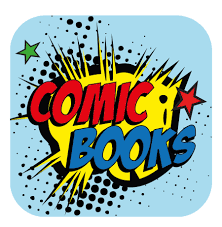
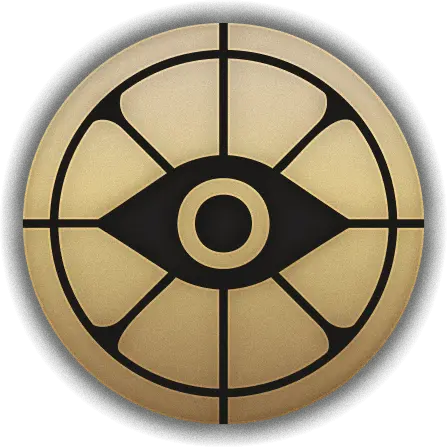

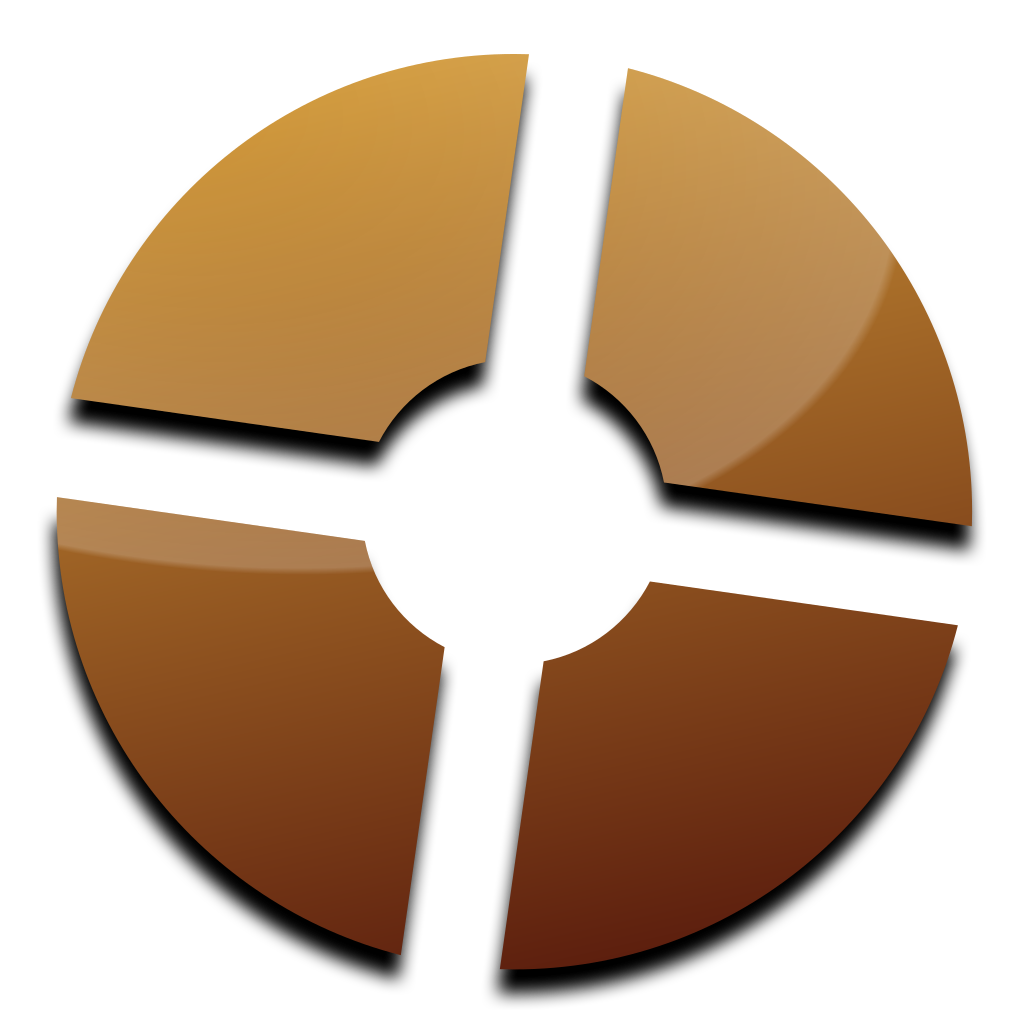

Okay, would people recommend playing 1, 2, then 3, to get the experience as it was first given? Or going 3, 1, 2?